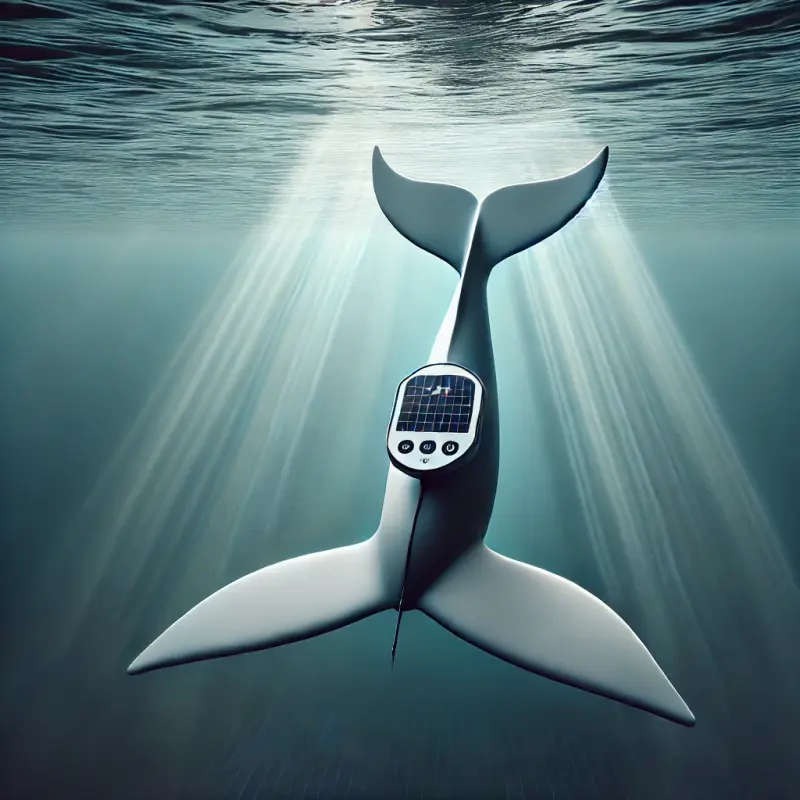Tracking Marine Mammals: A Technological Revolution in Ocean Research
The mysteries of the ocean are as vast as the seas themselves. Among its many enigmas, the migration of marine mammals—such as whales, dolphins, and seals—has captivated scientists for decades. Understanding these movements provides invaluable insights into ecosystems, biodiversity, and even climate change. To unravel these mysteries, researchers are increasingly turning to innovative tracking technologies that illuminate the intricate lives of these fascinating creatures.
Why Track Marine Mammals?
Marine mammals are crucial indicators of ocean health. Their behaviors, from migration to feeding, provide a glimpse into the broader ecological dynamics of the marine world. Studying their migration patterns helps scientists understand:
- Food chain dynamics: Observing where mammals feed reveals the distribution of prey species and the state of marine resources.
- Climate impact: Shifts in migration routes often signal changes in ocean temperature, acidity, and other environmental factors.
- Conservation needs: Tracking endangered species highlights critical habitats and threats, guiding protection efforts.
However, tracking these animals in vast, open waters is no easy feat. Advanced gadgets are bridging this gap, enabling scientists to monitor movements with unprecedented precision.
Key Technologies in Marine Mammal Tracking
-
Satellite Tags
Satellite tags are among the most popular tools for tracking large marine mammals. These devices are designed to attach to the dorsal fins or tails of animals, relaying location data via satellite networks. Each time a tagged animal surfaces to breathe, the device communicates its position to researchers.- Features: Long battery life, real-time data transmission, and durability in harsh marine environments.
- Applications: Tracking whale migration routes across entire oceans, identifying critical breeding or feeding grounds.
-
Acoustic Tags
For mammals like dolphins that frequently use echolocation, acoustic tags provide unparalleled insights. These gadgets emit signals that can be picked up by underwater hydrophone arrays.- Advantages: High-resolution data on short-range movements and interactions.
- Example Use: Monitoring group dynamics within dolphin pods or mapping migration in cluttered underwater environments like coral reefs.
-
Time-Depth Recorders (TDRs)
TDRs are specialized devices that record how deep and how long a marine mammal dives. These gadgets are especially useful for understanding the foraging behaviors of deep-diving species like sperm whales.- Key Metrics: Dive depth, duration, and frequency.
- Research Impact: Linking diving patterns to prey availability in specific regions.
The Role of Machine Learning in Analyzing Tracking Data
Beyond the gadgets themselves, advancements in data analysis are transforming how researchers interpret tracking information. Machine learning algorithms now analyze massive datasets, identifying patterns that would take humans years to detect. For example:
- Route Optimization: Machine learning predicts future migration paths based on historical data.
- Behavioral Insights: Algorithms cluster movement patterns to identify mating, feeding, or resting behaviors.
- Climate Impact Correlation: Comparing migration shifts with ocean temperature and salinity changes provides insights into environmental stressors.
